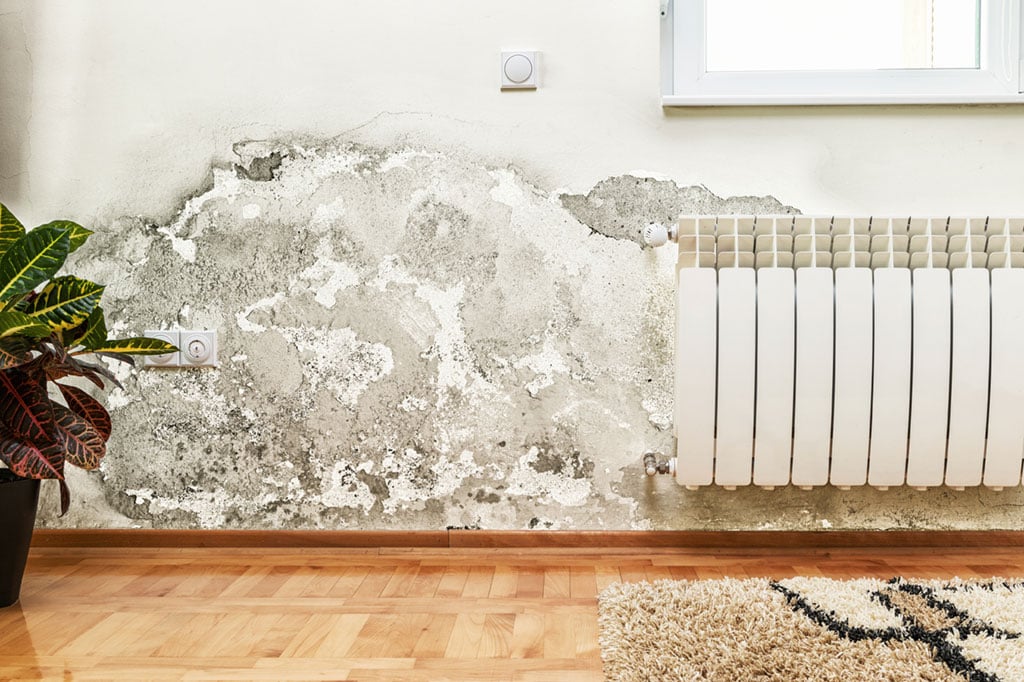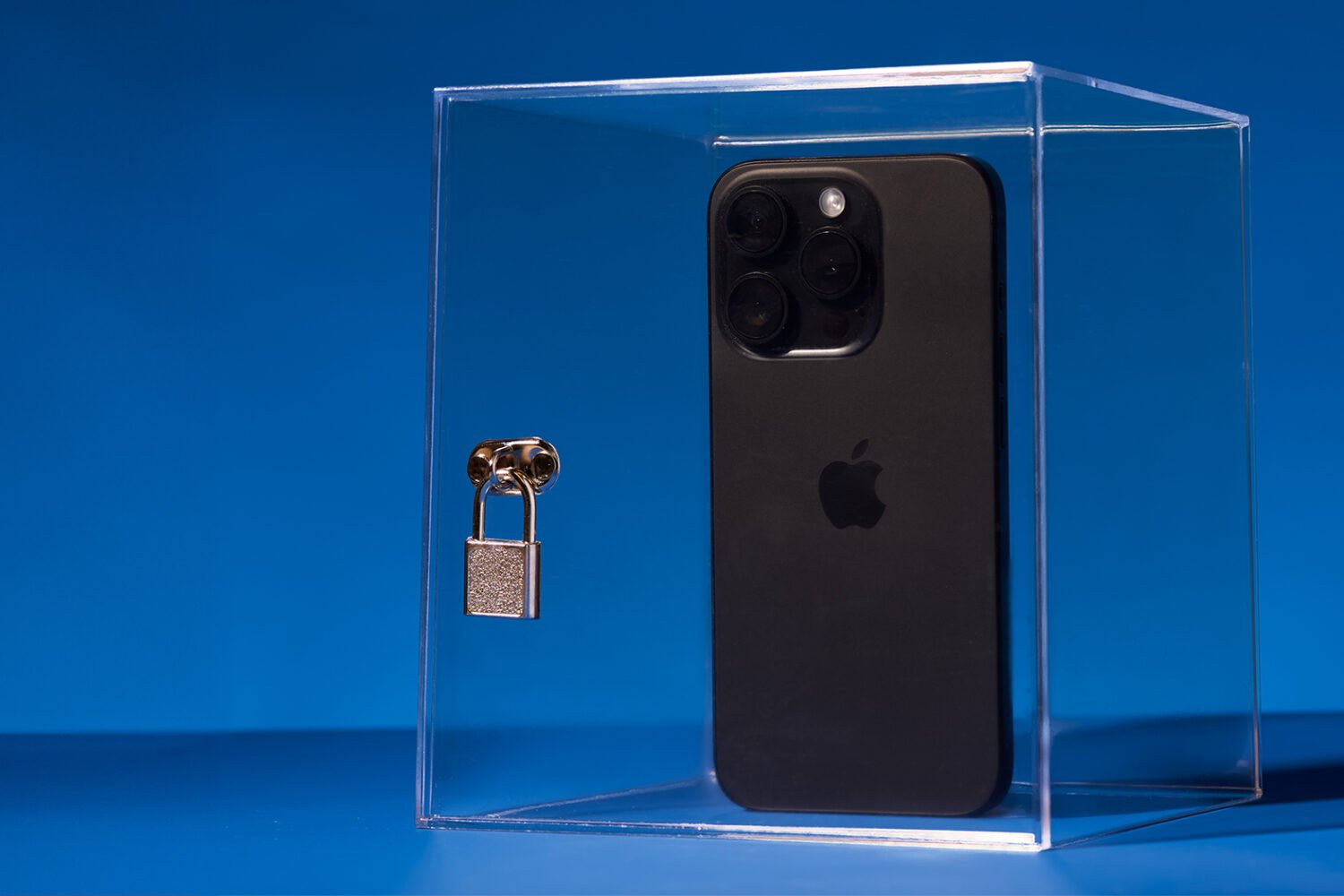It’s fuzzy, it’s multi-colored, and it’s really bad for your health. We’re talking about mold. As D.C. transitions from spring to summer and reverts back into a swamp, watch out for those tell-tale streaks behind the fridge. East Coast humidity means conditions are ripe for mold spores to land behind toilets and furniture and start colonies.
According to a study by disaster restoration company ServiceMaster Restore, mold spores are found in most homes in the country. That means we need to be hyper-vigilant about checking for and treating mold. But there’s a lot of misinformation out there surrounding the fuzzy stuff, so we’ve debunked some of the most common mold misconceptions so you can keep mold at bay.
MYTH: The Mold Behind the Fridge is Harmless
Depending on the type, mold can release toxic spores that cause serious infections, according to the Centers for Disease Control and Prevention (CDC). And even if it’s not toxic, mold is a common allergen, and we all know allergy season isn’t fun with all that sneezing and coughing. So make sure to check your house frequently for mold. Look behind bookshelves, in the corners of bathrooms and cracks in the walls. Anywhere there’s a water source is a good place for mold to grow and create potential problems for your household.
MYTH: Dead Mold Is No Big Deal
Wrong again! “Mold goes dormant until the conditions are favorable for regrowth. Even dormant mold can release spores, allowing it to reproduce and reappear, particularly if the underlying moisture and ventilation issues have not been resolved,” according to the ServiceMaster survey. Any mold—dead or alive—has to be taken care of as quickly as possible. And the stuff isn’t picky about where it grows. “Mold grows well on paper products, cardboard, ceiling tiles, and wood products. Mold can also grow in dust, paints, wallpaper, insulation, drywall, carpet, fabric, and upholstery,” according to the CDC. So don’t forget that almost anything is fair game, and do frequent, thorough inspections of your home.
MYTH: Once You Get Rid of Mold, It’s Gone Forever
Unfortunately, even if you do a really good job getting rid of mold, you can never be sure it’s 100 percent gone. That’s because mold spores are everywhere, and they’re sneaky buggers. “Mold can enter your home through open doorways, windows, vents, and heating and air conditioning systems. Mold in the air outside can also attach itself to clothing, shoes, bags, and pets can and be carried indoors,” according to the CDC. So make like The Police and be watching for mold every single day.
MYTH: You Can’t Control Mold
While you can’t eradicate mold forever, you can take steps to control it. Even The Blob was mastered (sorta) at the end of the movie and so, too, can mold. The CDC recommends keeping humidity levels in your house at less than 50 percent, which will cut down on the amount of water hanging your walls and furniture. If the humidity creeps up any higher, buy a dehumidifier to help curb it. You should also make sure to patch up leaky roofs and pipes. And don’t forget to open the window when you’re showering, doing laundry or cooking. All that steam makes mold happy, and we don’t want that!


















